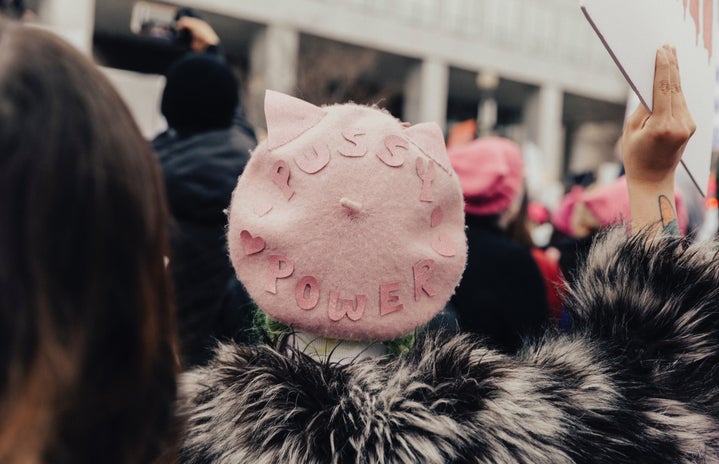Since 1990, approximately 1.3 billion people across the globe have been lifted from extreme poverty. 850 million of these people live in just one country: China.
The portion of the Chinese population living below the international poverty line ($1.90 per day) dropped from 66.2 percent in 1990 to 0.7 percent in 2015. While this progress is something to celebrate, it’s easy to forget that 16.6 million Chinese remain in poverty. In fact, over half of the world’s extreme poor live in only five countries, one of which is China. Poverty is still a problem in China, and this is what it looks like.
- Rural areas were left behind – China’s recent economic transformation was coupled with a shift from rural to urban living. In 1978, only about 23 percent of the Chinese working class were urban workers. By 2014, that number jumped to over 50 percent. This urbanization is the result of young people leaving rural villages for better opportunities, leaving an impoverished population behind with low-quality education, social services, and health care.
- Coastal provinces advance, while the interior struggles – There are major advancements in coastal areas such as Beijing and Shanghai, causing the middle class to continue to grow. This upward trend becomes less present, however, the further inland one travels. Even urban households in interior provinces continue to earn less than the average Chinese family.
- Urban workers are slumming it – The lack of economic growth in rural areas has pushed many farmers to dash to the outskirts of cities, searching for higher paying jobs. These urban dwellers reside in the shadows of towering skyscrapers while barely staying afloat.
- Major cities are capping their populations – China operates under a tier system, in which larger cities such as Beijing and Shanghai receive better funding for things like education and medical care. Residents in these cities became worried that their access to these might be squandered by the influx of rural migrants. Local governments responded by issuing population caps, forcing migrants to move to second or third tier communities.
- China hopes to eradicate poverty by 2020 – President Xi Jinping pledged to lift the entire Chinese population out of poverty by 2020. Since the dawn of this lofty promise in 2015, over 20 million people have been lifted from poverty. However, this vow only focuses on lifting people above 95 cents per day, the poverty line set by the Chinese government. This is far below the World Bank’s definition of extreme poverty, leaving many to wonder if those who lie at 96 cents and above are being left in the dust.
Struggles surrounding poverty are far from over in China, but the nation’s efforts have hardly gone unrecognized. This drastic decline in poverty in the most populous country in the world has contributed tremendously to global efforts toward poverty reduction. With China as a focus of the international community, the Chinese who remain impoverished will not be abandoned.
Sources:
https://foreignpolicy.com/2018/01/08/chinas-war-on-poverty-could-hurt-the-poor-most/
http://povertydata.worldbank.org/poverty/country/CHN
https://www.nytimes.com/2017/10/31/world/asia/xi-jinping-poverty-china.html



